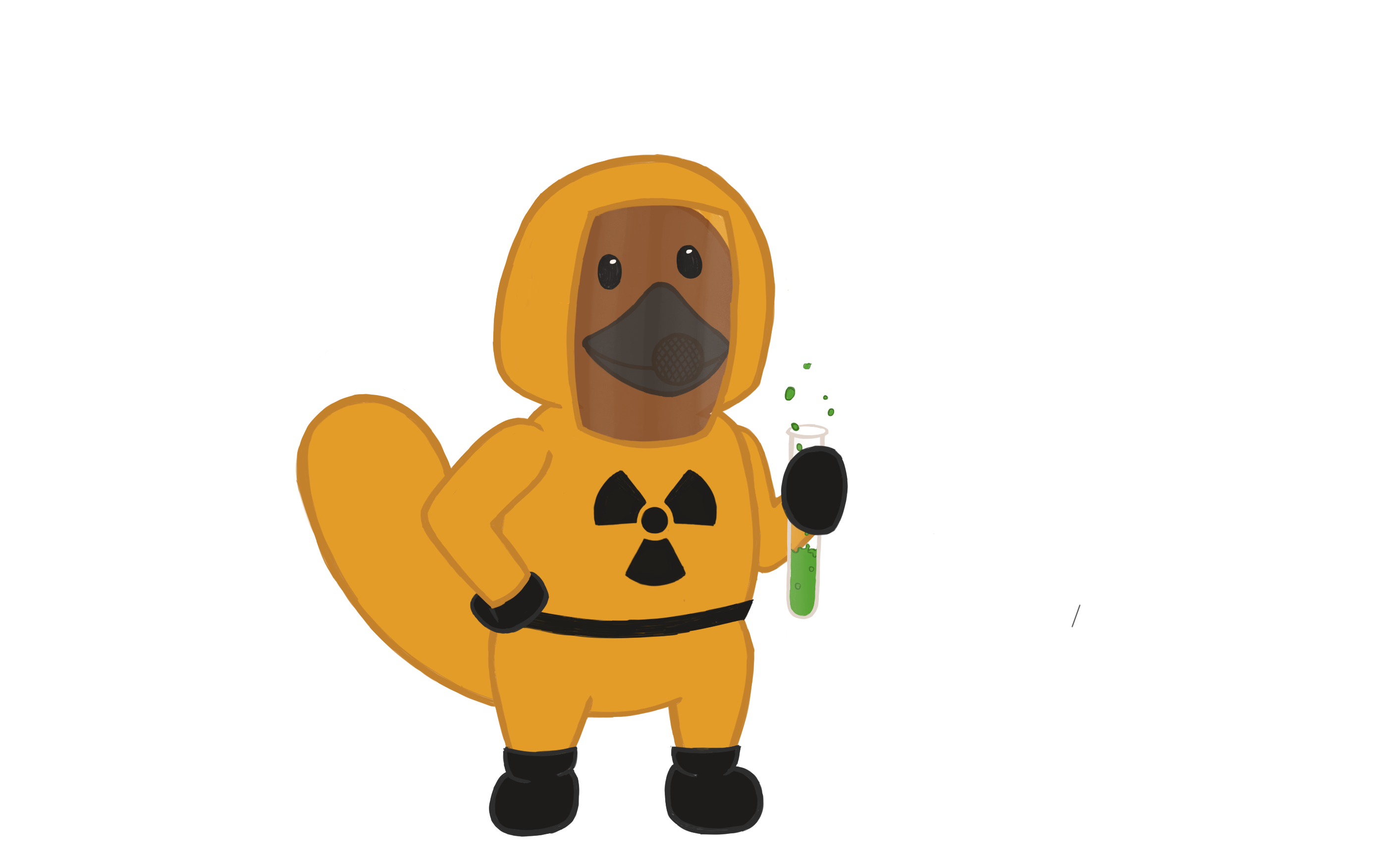The International Atomic Energy Agency
Level: Beginner
Founded in 1957, the International Atomic Energy Agency (IAEA) was established with the purpose of peaceful cooperation regarding Atomic Energy. Only 12 years prior, the world saw the horrors of an Atomic Bomb. The IAEA is responsible for nuclear technology within the United Nations system, whether used for civil applications or building a destructive force. Mostly, it cares about civil use, atomic energy and educates about the atom. In 2005, the organisation was awarded the Nobel Peace Prize for the continuous work that went into preventing non-peaceful use of nuclear energy.
A vital part of keeping the world peaceful are the obligations the IAEA has under the Non-Proliferation Treaty (NPT), as it controls that Members of the NPT do not acquire the capacity to develop nuclear weapons. The IAEA has the responsibility to establish peaceful cooperation regarding atomic energy. Through its activities relevant to energy security, human health, food security and safety, water resource management and industrial applications, it helps attain the Sustainable Development Goals (SDGs).
Lastly, the IAEA also helps develop capacities for the safe, secure and peaceful use of nuclear energy.
Topics:
1. Sustainable Use of Nuclear Energy
Using civil atomic energy comes with firm promises and high risks. While offering a source for almost limitless and carbon-neutral power generation, critics argue with the severe consequences of historic accidents such as Chornobyl and Fukushima. These events occurred despite the nuclear industry being one of the most regulated and controlled sectors worldwide. In this light, the United Nations has embodied several organizations which set standards and pursue their application, with the IAEA as the central organization on questions of civil atomic energy. Around 60 new nuclear power plants in 15 countries are under construction, so the current share of atomic energy in the world energy mix (approx. 10%) is expected to increase. At the same time, a few countries have decided to shut down their reactors due to safety concerns. Within the committee, delegates will discuss the various dimensions of civil atomic energy and try to achieve compromise on its sustainable use, especially recognizing the potential role in contributing to achieving the SDGs.
2. Security Safety Standards of Nuclear Power Plants in Crisis Regions
A significant number of countries have nuclear power plants to produce energy. They are checked with reliable safety standards, most of which are built safely. However, there were some incidents in the past where nuclear power plants were situated in crisis regions.
In 2011, the nuclear power plant in Fukushima was hit by a Tsunami caused by seismic movement. In the aftermath, water entered the facility, and three blocks broke down, releasing dangerous nuclear material. Japan and the world still have to deal with the aftermath of Fukushima. In 2022, Russia invaded Ukraine, and suddenly, there were nuclear reactors in a warzone, which is especially dangerous because cutting off the energy resource of a country can be used in war as a measure to win it.
As such, securing the safety standards of nuclear power plants in crisis regions is essential. Therefore, the delegates of the IAEA should discuss different measures to keep and even improve the safety standards during crises.
Chairs

Paula Benz

